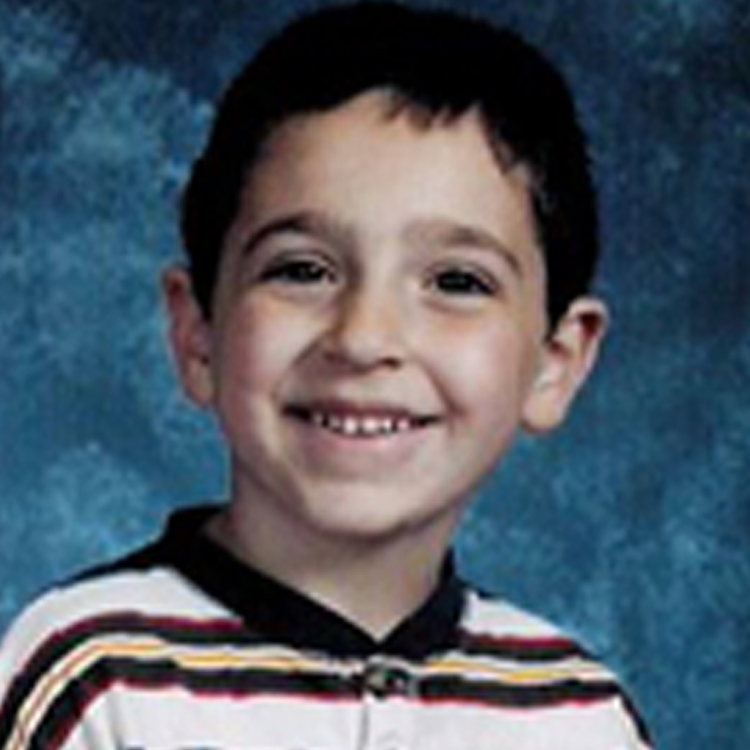Family Voices — Andrew’s Story
Andrew was nearly strangled by a yo-yo water ball, an inexpensive toy sold at dollar stores and often given as party favors.

Submitted by his mother, Lisa
“On July 22, 2003, my then 5yr. old son, Andrew, was playing with his yo-yo water ball swinging it around his head when suddenly the cord of the toy wrapped 4 times around his neck cutting off his airway. Andrew quickly ran to me and in a faint voice said “cut, cut”. I didn’t have time to look for a scissor instead I just took by hand and ripped the cord up over his face and head. Andrew was left with red strangulation marks for a few days but a memory that I’m sure will last a lifetime for both of us. I contacted the US Consumer Product Safety Commission the next morning to file an incident report. I was stunned when I was told by the CPSC operator that they were already aware of the strangulation hazard, there had been many reports already made and currently the toy was under investigation. I told the man that I was going to contact the media to make sure that this child safety issue was made public.”
What’s happened since Andrew’s incident?
Due to the efforts of Lisa, including contacting politicians, appearing on major news segments, and having many articles in mainstream publications pick up her story, yo-yo balls are now banned in Illinois, New York and New Jersey. Federal legislation now requires toy makers to adhere to the ASTM F963 toy standard, which prohibits yo-yo balls with long stretchy cords. You can contact Lisa and read more about the “Yo-Yo Water Ball” at Dangers Of Water Yo-Yo’s.
The CPSC estimated that between 2002 and 2006, there were at least 416 incidents associated with yo-yo balls, specifically from the cord wrapping around the head or neck as in Andrew’s case, the ball bursting or leaking, impact from the ball, and other hazards. However, they did not take action on banning the product. In 2010, the CPSC put out a new statement, reminding parents to cut the cord off any of the older toys they might have or throw the toy away. KID urges parents not to allow children to use yo-yo balls with long cords and report it to CPSC if you see any for sale.
How You Can Take Action
To take action and help prevent further incidents, injuries, and deaths,
there are a number of things you can do:
- Check all toys for recalls by visiting www.CPSC.gov. You can also read safety incidents submitted by fellow consumers at SaferProducts.gov, even before a recall has been issued.
- Stay up-to-date with toy standards set by the CPSC. The toy standard was most recently updated in April of 2017.
- Follow age recommendations on toys and other children’s products—these recommendations are set due to safety testing for choking and other hazards.
- Keep children away from magnets.
- If your children is experiencing flu-like symptoms (abdominal pains, nausea, vomiting, diarrhea) and/or you suspect they have swallowed a magnet, seek immediate medical attention.
Check out our action steps for all children’s products here.
More Information on Toys
Toys are meant to provide joy and entertainment, yet many of them contain hidden hazards for children and they have been related to far too many injuries. However, toy safety has improved vastly over time. Toys had consistently been the top product type recalled by the CPSC, but in 2015 it was third (behind clothing and nursery products). There were 17 toy recalls involving over 370,000 units in 2015, which was a huge decrease from 62 recalls of over 17 million units back in 2006.
